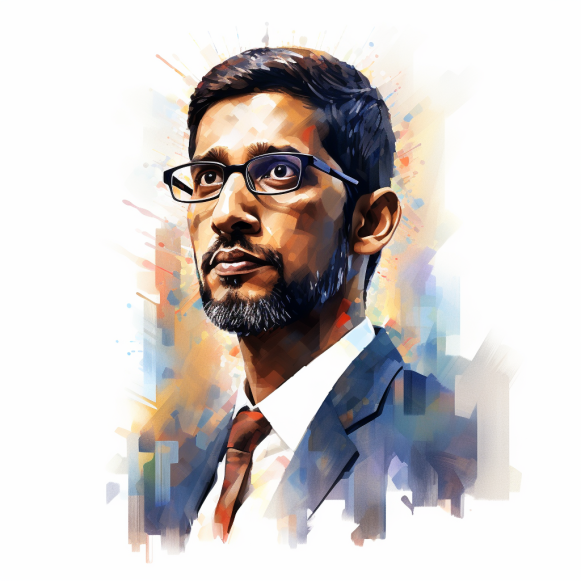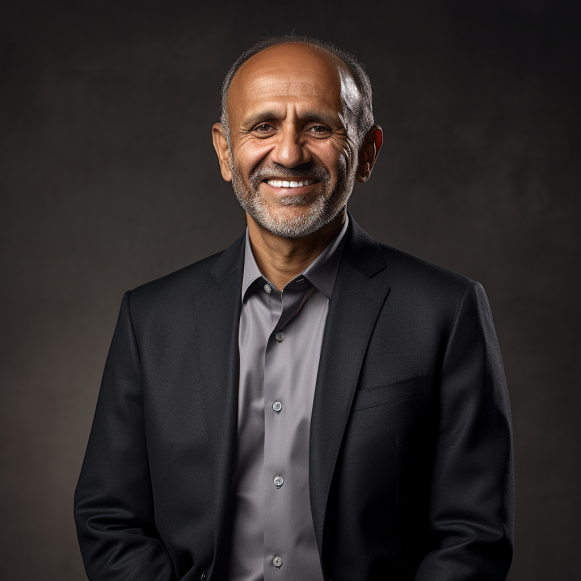YouTube just took a big victory lap

YouTube dubbed skincare influencer Cassandra Bankson as an all-star at VidCon.
In the five years I’ve been writing about the creator economy, I’ve repeatedly asked influencers, talent managers, and agents the same question: What is the best platform to be on as a creator?
Their answers rarely surprised me, and I’ve heard the phrase, “YouTube is king,” too many times to count.
But, even as a top player for creators, YouTube’s core business and focus have been challenged in recent years by TikTok and the swift rise of short-form video. TikTokers like Charli D’Amelio and Addison Rae rose to stardom in 2020 with a few viral videos, and the platform became the place for aspiring influencers to gain traction.
Now, as TikTok’s growth slows and the Chinese-owned company faces its own obstacles, YouTube seems back on top in the platform wars. YouTube isn’t just winning with creator content; it’s owning TV screens. It captured 9.9% of total US TV time in June, more than any other streamer, according to Nielsen.
These days, the company appears more confident than ever in its placement within the industry.
This was on full display at VidCon, the premier conference for creators and industry professionals, held in June. YouTube returned as a title sponsor — replacing TikTok — and boasted that its invite-only Partner Program for paying creators was the place to be.
The company wasn’t shy in declaring itself the winning team. Taking that in the most literal sense, YouTube named its 2024 VidCon activation the “All Stars Lounge,” displaying phrases like “own the court,” and giving out medals to creators for accolades like “meme mother” and “jumpcut juggernaut.”
YouTube didn’t always exude confidence
Musical.ly’s 2018 TikTok rebrand launched the platform into stardom, shifting creator and audience attention away from YouTube.
The rise of TikTok forced YouTube to fight for eyeballs by introducing its own short-video feature, YouTube shorts, in 2021 and developing a new team of partner managers and programs to recruit and retain talent.
Still, YouTube felt the effects of the shaky economy and new competition as YouTube’s ad revenue declined in 2022.
That year, VidCon’s first back after the pandemic, TikTok replaced YouTube as the conference’s title sponsor, marking a symbolic shift in platform dominance. Not to be forgotten though, YouTube hosted a parking lot-sized activation in front of the conference center, advertising its short-form video offering with an interactive golf cart drive-thru. The massive display showed that even though TikTok’s logo stood proudly in front of the conference center, YouTube wasn’t backing down.

YouTube shorts hosted a parking-lot-sized drive-thru activation at VidCon 2022, when TikTok was the title sponsor.
Two years later, shorts has begun to chip away at some of TikTok’s usage. YouTube and shorts usage is up from September on both a daily and monthly basis, with 80% of YouTube users engaging with shorts at least monthly, Morgan Stanley found in an April survey of US consumers. Forty percent of those shorts users are not using TikTok at all, and the proportion of shorts users who use TikTok daily has declined to 25%, the report also found.
Influencers discovered on TikTok are also making their way over to YouTube to establish more sustainable businesses. Last year, several TikTokers told B-17 they were starting to embrace YouTube and transition to shorts.
At VidCon this year, where YouTube returned as a title sponsor, several lifestyle influencers said on a panel that if they were starting out as creators today, they’d choose YouTube shorts or Instagram reels; none of them picked TikTok.
Wins beyond the creator space, from TV to content for kids
YouTube is at the top of its game on several fronts right now. It’s threatening Netflix in streaming TV. It’s grown its video-podcasting business and become the preferred platform among podcast listeners, beating out Spotify and Apple, according to Morning Consult data.
It’s also secured its spot as a top platform for kids content.
A recent report from Precise TV and research agency Giraffe Insights revealed that YouTube is the premier spot for kids’ entertainment. It found that 81% of kids recently watched YouTube over video on demand (62%), video games (45%), TikTok (44%), broadcast TV (39%), and more.
B-17s recently reported that kids increasingly watch YouTube over streamer Disney+, as well, threatening Disney’s legacy as a destination for families. In April, for instance, Nielsen estimated that kids aged 2 to 11 watched three times as much YouTube as Disney+ content.
With all this, it’s no surprise YouTube seems to be taking a victory lap around its competitors.






